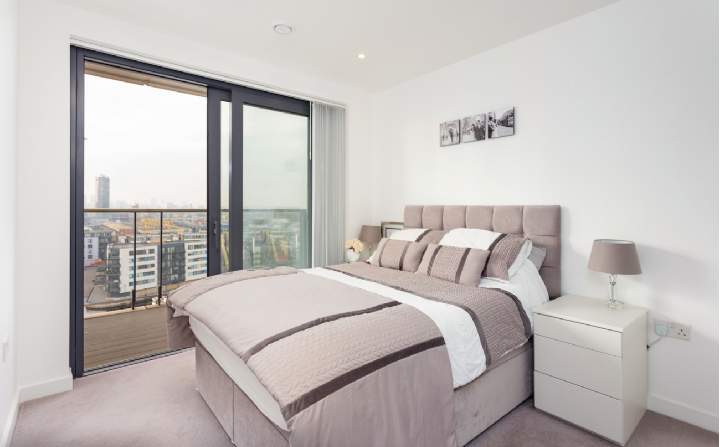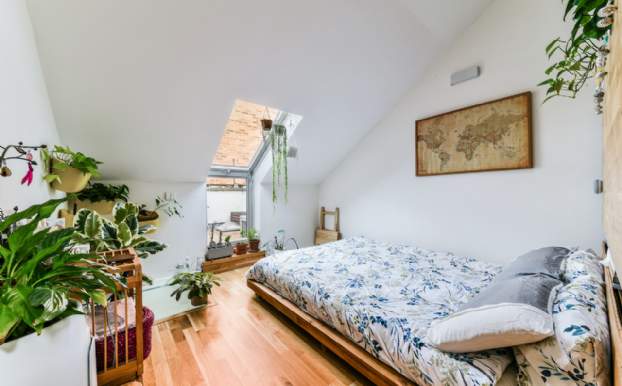Canary Wharf in London’s Docklands has undergone a massive transformation over the last 30 years to become the capital’s second financial centre, with 150 major commercial tenants and 120,000 people working there.
Equally, it has seen a significant transition into a place to live as well as work. The residential market holds particular appeal for wealthy young professionals, attracted by the prospect of being able to get from home to the office without having to negotiate a crowded train.
This hasn’t always been the case. In 2016, 42 per cent of Savills buyers in the area were purchasing as an investment. That has fallen to just 10 per cent, highlighting the pressures placed on the buy-to-let market by the cuts to tax relief. Meanwhile, there has been a shift towards more owner occupation with the residential market maturing and better access to good shops and public transport
When it comes to property, you can expect to pay around £600,000 for a two-bedroom flat and £900,000 for a three-bedroom house in the area. And following the launch of 10 George Street by Canary Wharf Group’s new residential leasing company, Vertus, there’s now an opportunity to live on the privately owned Canary Wharf estate itself, previously the preserve of blue-chip corporate and retail tenants. More built-to-rent opportunities are on their way.
What else is drawing people to the area? There are now more than 300 shops, restaurants, bars and amenities in Canary Wharf. It's easily accessed via both the Jubilee line and Docklands Light Railway. And lifestyle offerings have improved vastly over the years: from The Alchemist bar next to the Underground station through to Electric Shuffle and the seasonal ice rink. What once was an area only alive in the week now has a buzz at the weekends too.
.jpg)
.jpg)
.jpg)
.jpg)
.jpg)




.jpg)
.png)



.jpg)


.jpg)
